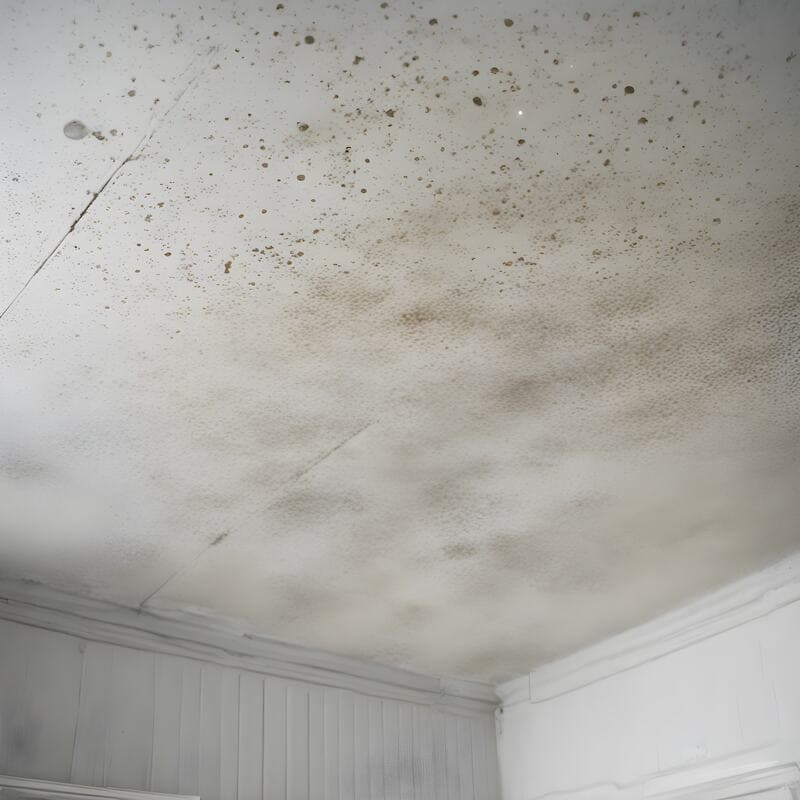
Testing for Black Mold and Air Quality

Detecting black mold, specifically Stachybotrys chartarum, requires a combination of visual inspection, olfactory cues, and sometimes professional testing. Here are steps to help identify and confirm the presence of black mold:
Visual Inspection
1 – Appearance: Black mold typically appears as dark greenish-black or black spots. It often has a slimy texture but can also appear dry and powdery if the mold dies out.
2 – Common Locations: Look for mold in areas with high humidity or moisture, such as bathrooms, kitchens, basements, around windows, and in areas with water damage.
3 – Water Damage: Inspect for signs of water damage, such as discoloration on walls, ceilings, or floors. Mold often grows where there has been water leakage.
Olfactory Cues
– Smell: Black mold often emits a strong, musty odor. If you notice such a smell, especially in areas prone to dampness, it might indicate mold growth.
Physical Symptoms
– Health Issues: Exposure to black mold can cause respiratory problems, allergic reactions, headaches, and fatigue. If these symptoms are present and worsen in specific areas of the home, mold could be the cause.
Moisture Levels
– Check Humidity: Use a hygrometer to measure humidity levels. Levels above 60% can encourage mold growth.
– Inspect for Leaks: Check for leaks in plumbing, roofs, and windows, and ensure areas prone to moisture are well-ventilated.
Professional Testing
– Mold Testing Kits: Home testing kits are available that allow you to collect samples and send them to a lab for analysis.
– Professional Inspection: For thorough and accurate detection, consider hiring a professional mold inspector. They can perform air quality tests and surface sampling to confirm the presence of black mold and determine its concentration.
Steps for Detection
1 – Identify Areas of Concern: Focus on areas with water damage, high humidity, or a musty smell.
2 – Inspect Visually: Look for black or dark green spots or patches.
3 – Smell for Mustiness: A persistent musty odor can indicate mold presence.
4 – Test Humidity Levels: Use a hygrometer to check for high humidity.
5 – Collect Samples: If using a home test kit, follow the instructions to collect air or surface samples.
6 – Seek Professional Help: For accurate detection and remediation advice, contact a certified mold inspector.
Preventive Measures
– Control Humidity: Use dehumidifiers in damp areas.
– Fix Leaks Promptly: Repair any leaks in roofs, walls, or plumbing.
– Ensure Proper Ventilation: Use exhaust fans in bathrooms and kitchens.
– Clean and Dry: Regularly clean and dry areas prone to moisture, such as showers and sinks.
Early detection and remediation of black mold are crucial for maintaining a healthy indoor environment and preventing health issues.AirMD is an environmental testing and consulting company specializing in indoor air quality and building assessments. Operations began in 2008 and AirMD services the entire state of Florida, as well as other states nationally. Founder and Scientific Director Mr. Simon Hahessy who has headed operations since AirMD began says:






